Where Does Good Balance and Coordination Come From? Introduction to Your Proprioceptive System
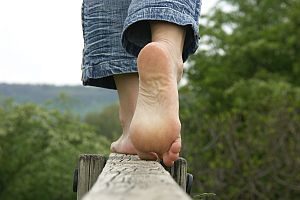
Proprioception is a complex system of anatomical checks and balances, neural impulses, and brain functions that controls our sense of balance, coordination, and agility. Put most simply, proprioception is the “sixth sense” that enables you to scratch your head without looking in a mirror or climb a flight of stairs without having to look at each step.
Most of us are so accustomed to proprioception that we take it for granted. Its development starts soon after we are born and is observed in infants as soon as they gain control of their neck muscles. When the infant’s body tilts in any direction, its head also tilts in the opposite direction to level its eyes with the horizon. This “righting reflex” is the beginning of our sense of balance.
More technically, proprioception is your body’s ability to transmit a sense of its position in space, analyze that information, and react—either consciously or unconsciously—to stimuli with the proper movement and force. Proprioceptors are a specialized type of motor and sensory nerve that transmits impulses to the central nervous system (in particular, the area of the brain known as the cerebellum) from stimuli felt by the muscles, tendons, joints, and skin. The impulses transmitted by proprioceptors contain vital information, such as the amount of tension in a particular muscle and the relative position of a body part when it is moving.
, Proprioception is what enables you to reach for a glass and actually find it in space. It is also what allows you to pick up the glass with just the right amount of force, neither dropping it nor breaking it by squeezing too hard. Proprioception is what enables you to keep your balance when walking on uneven surfaces or when riding a bicycle. The impulses from proprioception combine with input received from the vestibular system (the fluid-filled network in the inner ear that enables us to feel the pull of gravity and know which direction is “up”) and with input from the visual system to create our sense of balance.
However, just as our eyes become weaker with age, so can the proprioceptive system, leading to a loss of proper balance. This is one of the reasons that falling is the number one cause of hospital admissions for people over 60. Something has gone wrong with the complex processing of information needed to maintain their balance, so older people are more likely to slip and fall on stairs or on slippery sidewalks and injure themselves.
Fortunately, you can strengthen your proprioceptive system by practicing simple balance exercises, thus keeping keep your sense of balance from weakening as you grow older. There are many forms of inexpensive exercise equipment (such as BOSU or Bongo Boards) that enable you to stand on a platform that is designed to be wobbly. This instability forces your muscles and your proprioceptive system to work more, and thus become stronger. So if you are over the age of 50, you should consider speaking to your chiropractor about exercises to improve your proprioception. They are very simple but can greatly improve your overall sense of balance, therefore significantly reducing your risk of injury from falls as you grow older. To schedule an appointment with Dr. Oblander, call 406-652-3553.
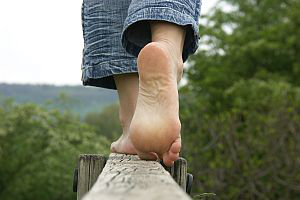
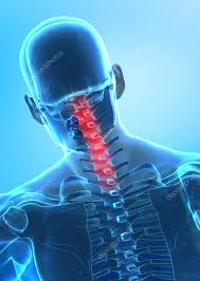
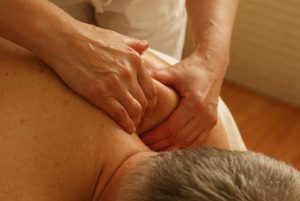 Statistics compiled by the American Chiropractic Association (ACA) tell us that back pain affects a large majority of the population, with roughly 80 percent of people enduring at least one back-related issue during the course of their lives. In fact, there are currently 31 million people in the U.S. alone dealing with chronic, daily back pain.
Statistics compiled by the American Chiropractic Association (ACA) tell us that back pain affects a large majority of the population, with roughly 80 percent of people enduring at least one back-related issue during the course of their lives. In fact, there are currently 31 million people in the U.S. alone dealing with chronic, daily back pain.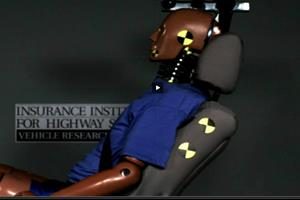 Many people are under the mistaken impression that the head-sized extension at the top of your car’s seat is a head rest. It’s actually not a place to rest your weary head during a long drive, but rather a safety feature called a head restraint that is there to help prevent whiplash in the event of a rear-end collision. And having it adjusted properly can mean the difference between emerging unscathed and enduring weeks of neck pain, along with the cost and inconvenience of medical treatment.
Many people are under the mistaken impression that the head-sized extension at the top of your car’s seat is a head rest. It’s actually not a place to rest your weary head during a long drive, but rather a safety feature called a head restraint that is there to help prevent whiplash in the event of a rear-end collision. And having it adjusted properly can mean the difference between emerging unscathed and enduring weeks of neck pain, along with the cost and inconvenience of medical treatment.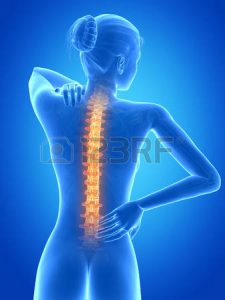 Imagine what happens when you injure your neck in an auto injury…
Imagine what happens when you injure your neck in an auto injury… y times did you hear, “Sit up straight!” as a child? How many times have you said this to your own child? There’s a reason behind that famous advice: poor posture early in life may lead to a number of back problems and pain later on. That’s why researchers conducted a study to better understand slouching in adolescents.
y times did you hear, “Sit up straight!” as a child? How many times have you said this to your own child? There’s a reason behind that famous advice: poor posture early in life may lead to a number of back problems and pain later on. That’s why researchers conducted a study to better understand slouching in adolescents. According to the National Institutes of Health, lower back pain is the second most common form of chronic pain after headaches. Experts estimate that approximately 80% of Americans will seek help for low back pain at some point during their lives. Public health officials and insurers estimate that Americans spend $50 billion each year on treatments that are often ineffective. The standard treatment for lower back pain is to take muscle relaxants, painkillers or anti-inflammatory medications, along with physical therapy and back exercises. However, few medical interventions relieve pain reliably, and continuing to take painkillers on a long-term basis is not advised. Massage, on the other hand, has been found to be an effective way of dealing with back pain on a regular basis.
According to the National Institutes of Health, lower back pain is the second most common form of chronic pain after headaches. Experts estimate that approximately 80% of Americans will seek help for low back pain at some point during their lives. Public health officials and insurers estimate that Americans spend $50 billion each year on treatments that are often ineffective. The standard treatment for lower back pain is to take muscle relaxants, painkillers or anti-inflammatory medications, along with physical therapy and back exercises. However, few medical interventions relieve pain reliably, and continuing to take painkillers on a long-term basis is not advised. Massage, on the other hand, has been found to be an effective way of dealing with back pain on a regular basis. Learning the risk factors of sciatica can help you minimize your risk of developing it. A recent study sheds light onto what makes you more likely to develop sciatica.
Learning the risk factors of sciatica can help you minimize your risk of developing it. A recent study sheds light onto what makes you more likely to develop sciatica.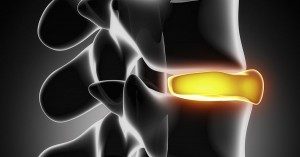 As we age, the discs in our spine start to naturally break down due to normal, everyday living . This is commonly referred to as disc degeneration and can result in pain in the neck and/or back area–pain that is felt by almost half of the population 40 years of age or older . For those over 80, this rate doubles to a whopping 80 percent, which makes understanding what factors promote this particular condition critical to raising the quality of life as we enter
As we age, the discs in our spine start to naturally break down due to normal, everyday living . This is commonly referred to as disc degeneration and can result in pain in the neck and/or back area–pain that is felt by almost half of the population 40 years of age or older . For those over 80, this rate doubles to a whopping 80 percent, which makes understanding what factors promote this particular condition critical to raising the quality of life as we enter  Many studies have found that chiropractic care is a safe and effective treatment method when dealing with a number of spine-related issues. The American Chiropractic Association even lists a number of research studies on their website that show that it is a valuable treatment method for easing (and sometimes completely resolving) back pain, neck pain, headaches, and more.
Many studies have found that chiropractic care is a safe and effective treatment method when dealing with a number of spine-related issues. The American Chiropractic Association even lists a number of research studies on their website that show that it is a valuable treatment method for easing (and sometimes completely resolving) back pain, neck pain, headaches, and more.